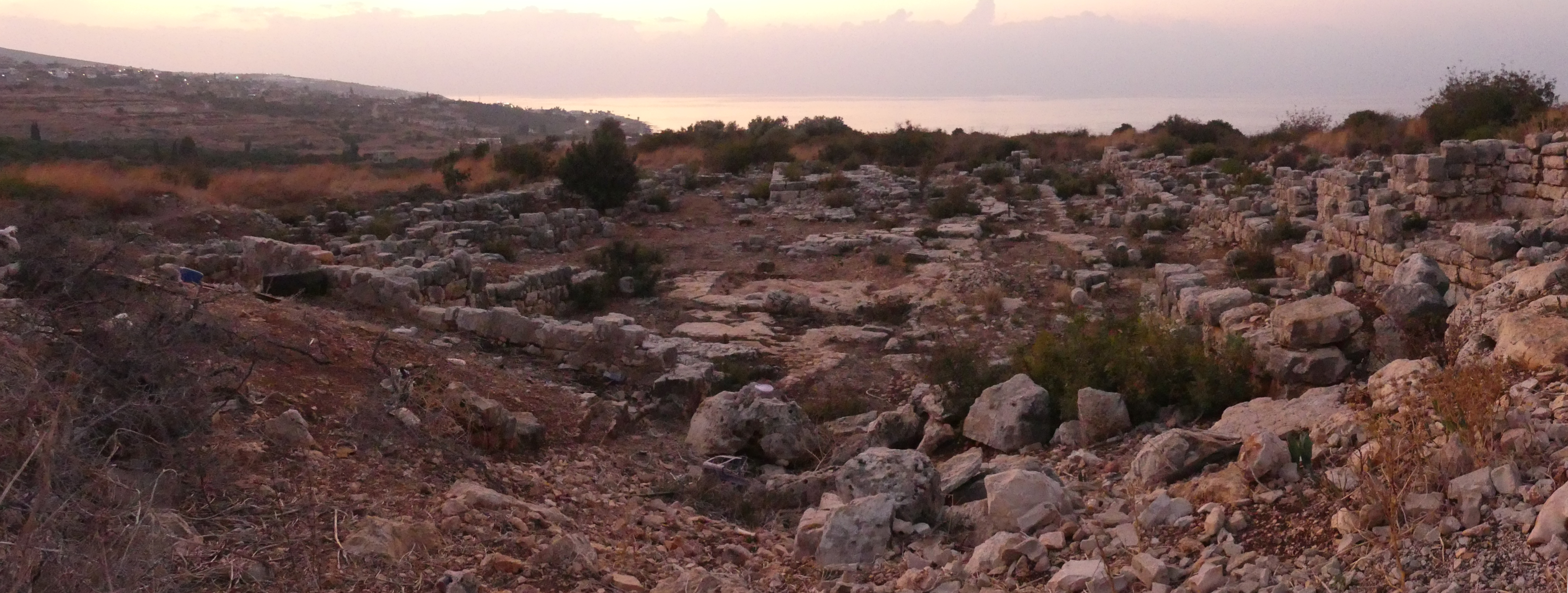|
Umm Al-Amad (other)
Umm al-Amad () may refer to: * Umm al-Amad, Al-Mukharram, a village in Homs Governorate, Syria * Umm al-Amad, Hama, a village in Hama District, Hama Governorate, Syria * Umm al-Amad, Salamiyah, a village in Salamiyah District, Hama Governorate, Syria * Alonei Abba, formerly called Umm el Amad * Umm al-Amad, Lebanon, an archaeological site * Umm Al Amad (Qatar), a village in Umm Salal Municipality, Qatar * Umm al Amad, Jerusalem, an archaeological site {{geodis ... [...More Info...] [...Related Items...] OR: [Wikipedia] [Google] [Baidu] |
Umm Al-Amad, Al-Mukharram
Umm al-Amad (, also spelled Umm al-Amed or Um Elamad) is a village in central Syria, administratively part of the Homs Governorate. Nearby towns include al-Mukharram to the east, al-Mukharram al-Tahtani to the northeast, Danibah to the north, and al-Mishirfeh to the east. According to the Central Bureau of Statistics (Syria), Central Bureau of Statistics, Umm al-Amad had a population of 2,851.General Census of Population and Housing 2004 Central Bureau of Statistics (Syria), Syria Central Bureau of Statistics (CBS). Homs Governorate. Its inhabitants are predominantly Shia Muslims. [...More Info...] [...Related Items...] OR: [Wikipedia] [Google] [Baidu] |
Umm Al-Amad, Hama
Umm al-Amad () is a Syrian village located in the Subdistrict of the Hama District in the Hama Governorate. According to the Syria Central Bureau of Statistics (CBS), Umm al-Amad had a population of 202 in the 2004 census. History In 1838, it was reported as deserted.Smith Smith may refer to: People and fictional characters * Metalsmith, or simply smith, a craftsman fashioning tools or works of art out of various metals * Smith (given name) * Smith (surname), a family name originating in England ** List of people ..., in Robinson and Smith, 1841, vol 3, 2nd appendix, p180/ref> References Bibliography * Populated places in Hama District {{HamaSY-geo-stub ... [...More Info...] [...Related Items...] OR: [Wikipedia] [Google] [Baidu] |
Umm Al-Amad, Salamiyah
Umm al-Amad () is a village in central Syria, administratively part of the Salamiyah District of the Hama Governorate Hama Governorate ( / ALA-LC: ''Muḥāfaẓat Ḥamā'') is one of the 14 Governorates of Syria, governorates of Syria. It is situated in western-central Syria, bordering Idlib Governorate, Idlib and Aleppo Governorates to the north, Raqqa Gove .... According to the Syria Central Bureau of Statistics (CBS), Umm al-Amad had a population of 908 in the 2004 census. References Populated places in Salamiyah District {{HamaSY-geo-stub ... [...More Info...] [...Related Items...] OR: [Wikipedia] [Google] [Baidu] |
Alonei Abba
Alonei Abba () is a moshav shitufi in northern Israel. Located in the Lower Galilee near Bethlehem of Galilee and Alonim, in the hills east of Kiryat Tivon, it falls under the jurisdiction of the Jezreel Valley Regional Council. In it had a population of . The modern village was founded in 1948 on the site of the historical Arab village of Umm el Amad, later the German Protestant Colony of Waldheim. History Archaeological investigations indicate that this was an industrial agricultural processing area in the Hellenistic and Roman periods. Among the remains found are Roman-period industrial oil press and a winepress, in addition to a paved path from the same era. Ottoman era Umm al-Amed ''Umm al-'Amad'' was mentioned in the Ottoman defter for the year 1555–6, as ''Mezraa'' land, (that is, cultivated land), located in the ''Nahiya'' of Tabariyya of the '' Liwa'' of Safad. The land was designated as Ziamet land. In 1799 it appeared as a village Zebed on the Carte de l'Ég ... [...More Info...] [...Related Items...] OR: [Wikipedia] [Google] [Baidu] |
Umm Al-Amad, Lebanon
Umm Al Amad (), or Umm el 'Amed or al Auamid or el-Awamid, is an Hellenistic period archaeological site near the town of Naqoura in Lebanon. It was discovered by Europeans in the 1770s, and was excavated in 1861. It is one of the most excavated archaeological sites in the Phoenician heartland. Description The Umm Al Amad site measures more than six hectares. Numerous artefacts from the site are held at the National Museum of Beirut and the Louvre. The site contains two temples, the Temple of Milk‘ashtart and the Eastern Temple with Throne Chapel, which are estimated to have been built between 287 and 222 BCE. 23 Phoenician Adoration steles have been found at the site depicting upright people in an "adoration gesture", all dating from 100 to 400 BCE. History Umm Al Amad was apparently built in the Persian or Hellenistic period, although some scholars have argued for earlier. No buildings from the Roman era were discovered, but there is evidence for Byzantine reoccupatio ... [...More Info...] [...Related Items...] OR: [Wikipedia] [Google] [Baidu] |
Umm Al Amad (Qatar)
Umm Al Amad () is a village in the municipality of Umm Salal in Qatar. Etymology "Umm" in Arabic translates to "mother", whereas the term "amad" is used to describe a pillar or support structure for a building. It was so named because of its propensity of sidra and samr trees which were cut and used as a foundation for many of the houses constructed in the village. Geography Situated to the immediate north of the village is Sunai, a 4 km square protected area. It was given legal protection to preserve its biodiversity and to prevent the negative effects of urbanization. To the west of Sunai is Abal Najem. This area is a rawda (depression) which hosts a rich diversity of plants. In 2017, the Ministry of Municipality and Environment launched a rehabilitation campaign to help beautify and preserve the rawda. This campaign involved disposing of waste and planting native tree species, and was participated in by Ooredoo Ooredoo QSC (; formerly Qtel) is a Qatari multinational cor ... [...More Info...] [...Related Items...] OR: [Wikipedia] [Google] [Baidu] |

